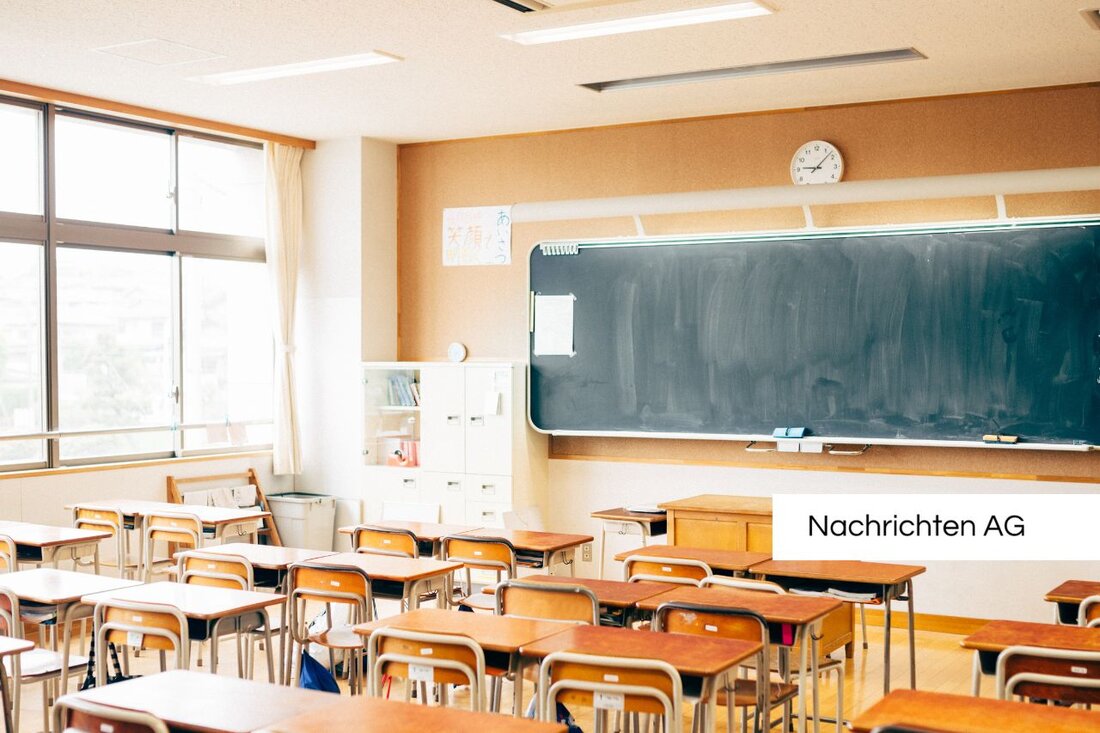Students build sustainable St. Peter’s Throne” from old sports equipment!
Students from Descartes-Gymnasium Oberhausen design a sustainable bench from old sports equipment in an upcycling project.

Students build sustainable St. Peter’s Throne” from old sports equipment!
Today is a special day for the students of the Descartes High School in Neuburg: In a creative upcycling project, they created an impressive bench, the so-called “St. Peter's Throne,” out of old sports equipment. This sustainable piece of furniture will soon be installed in the school's courtyard and also marks an important milestone as Principal Peter Seyberth retires. The students worked on this as part of their P-seminar “Upcycling” and impressively demonstrated how old materials can be repurposed.
The school provided sports equipment that was no longer used, such as benches, boxes and trestles. Original cushion covers were made from the covers of large soft floor mats, while the top of an old trestle was used as a backrest. What is also impressive is the commitment of the students, who even worked on weekends in a creative workshop in Oberhausen and put their ideas into practice with the support of experienced experts. A hardware store in Neuburg contributed screws and stability brackets, which further supported the project. The special thing about it: the students organized the work using the agile working method and the Scrum method, which meant they divided their work into different sprints and evaluated it after each step.
Upcycling as a sustainable solution
What makes upcycling so exciting? Well over 2.5 billion tonnes of waste are produced in the EU every year, a large proportion of which is old furniture, which often ends up in landfills. This is where upcycling comes in: by creatively reusing old objects, it not only helps reduce waste, but also conserves resources. Projects like the one at Descartes High School promote this awareness, especially among young people, who learn that old furniture can be redesigned in a variety of ways.
Another exciting project in this area is the environmental education project “Make Better!”, which was recently launched to promote sustainable consumption and upcycling. Schools and educational institutions, such as the Descartes-Gymnasium, benefit from this by getting to know theoretical knowledge and practical applications in workshops and projects. The aim is to create greater awareness of the waste of resources and the throwaway society and to increase the willingness to consume sustainably.
The benefits of upcycling
The advantages of upcycling are obvious:
- Abfallreduktion und Verlängerung des Lebenszyklus von Gegenständen
- Kosteneffizienz durch die Nutzung vorhandener Materialien
- Kreativität und Individualität durch das Gestalten einzigartiger Möbelstücke
Old furniture, wooden pallets and fabric scraps offer an almost endless source of possibilities. Not only your own skills are required, but also the exchange in creative communities and workshops where techniques for upcycling furniture can be learned.
The students at Descartes High School have impressively shown how much potential there is in old materials and how important it is to develop a good knack for sustainability. The “St. Peter’s Throne” will not only be a symbol of Rector Seyberth’s completion of his schooling, but also a symbol of the initiative that taught young people to think and act sustainably.
The work and successes of the Descartes-Gymnasium thus fit into a larger context that is becoming increasingly important in Europe: promoting upcycling projects in schools is a step in the right direction. It remains to be hoped that more educational institutions will follow this example and thus contribute to reducing waste and the waste of resources.

 Suche
Suche
 Mein Konto
Mein Konto